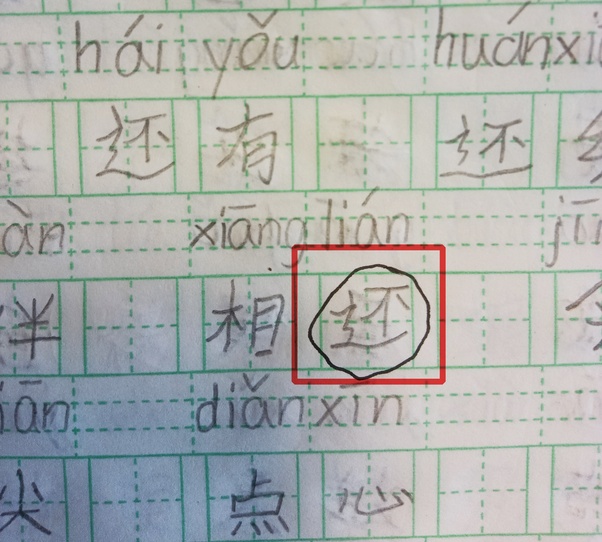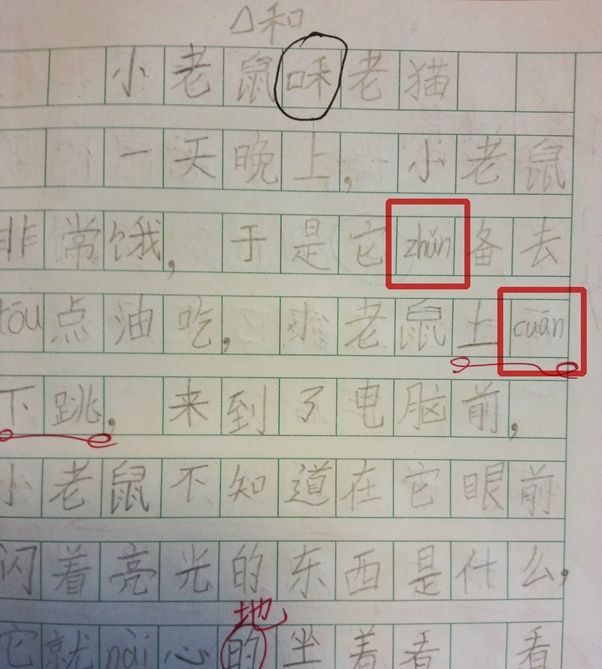Well,it depends…
For example,this one:

This is my kid’s homework.
See the Chinese character in the red-line box? He wanted to write this character “奶”,so the word is “奶牛”.(means “the cow” in English).
But he didn’t memorize this character by “奶”, after thinking very hardly he wrote this one ”乃” instead which has the exactly same pronunciation with the right one “奶”.
This is the first common situation in which you don’t know how to write the Chinese character but you know how to say it in right pronunciation.
After a hardly functional brain working,you will write down a Chinese character that you have memorized which has the same pronunciation with the one you have not memorized.There it is.Well done.
Another situation like this:

See the Chinese character in the red-line box?
The situation is that you want to write this Chinese character “连”,so the word is “相连”(means “connected” in English).
And you have memorized this Chinese character “连”,of course you do,but it suddenly appears that you can’t read your hard-drive in your brain with something like a functional error. Well,as you can see there,with a hazy memory recall you write down this one “还” which is really close to the right one “连”.
This is another common situation in which you know the Chinese character exactly in your memory but you write down a wrong one instead while a functional error suddenly occurs with your hard-drive reading.
By the way, these two Chinese characters look very similar.
At last,this is the way Chinese speakers use:

See the Pinyin there?
You want to write some characters that you don’t know?
This is the answer.